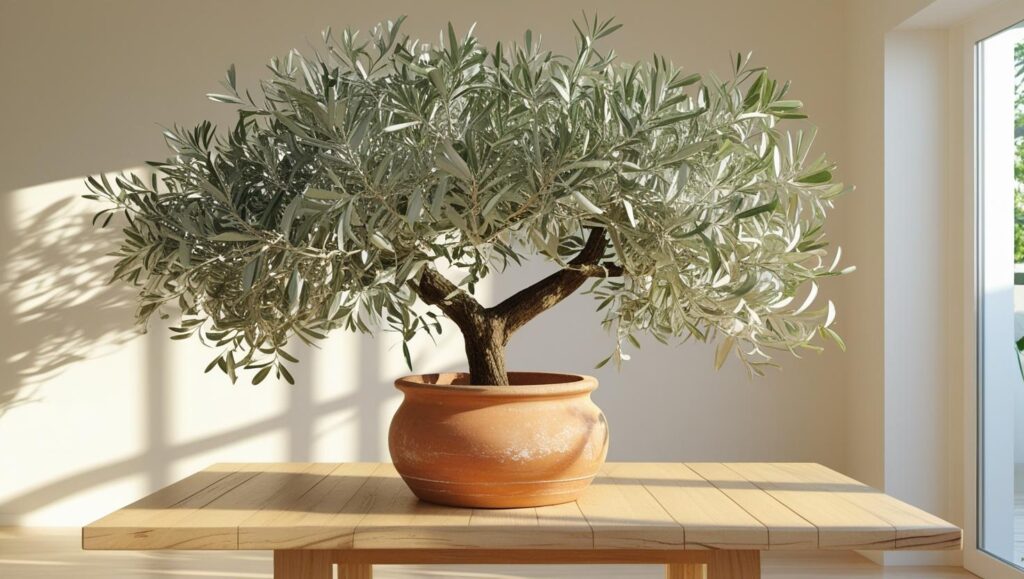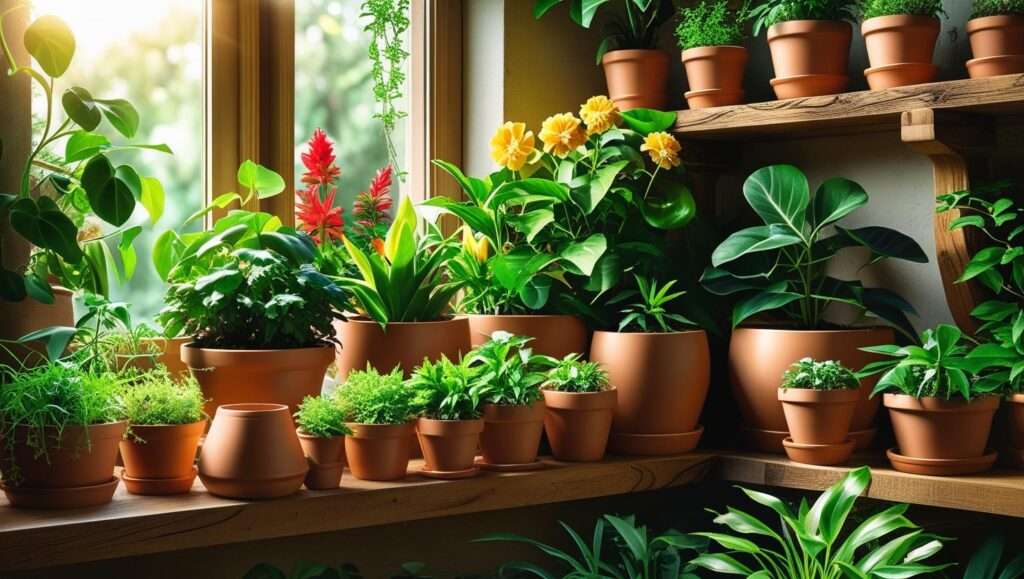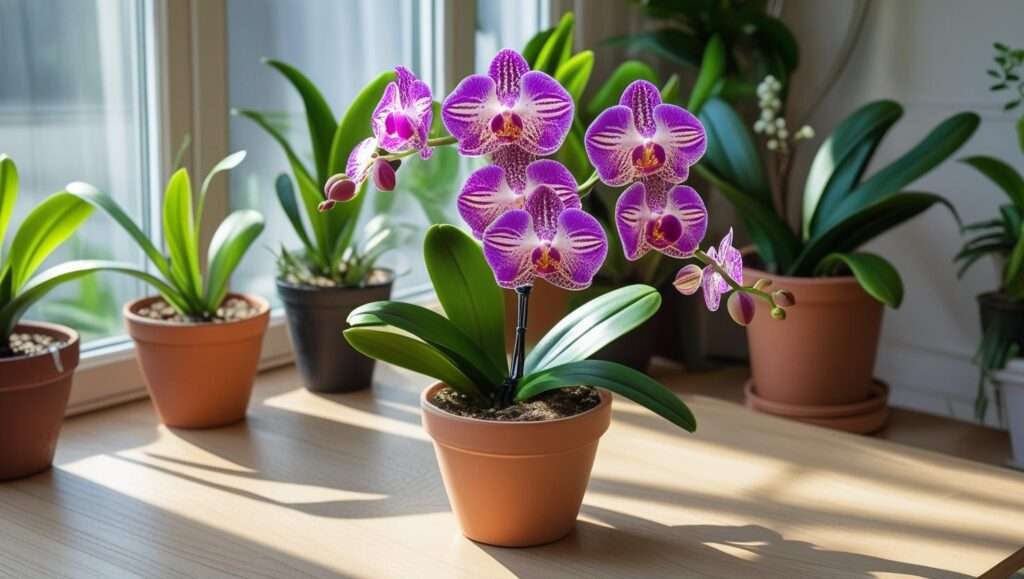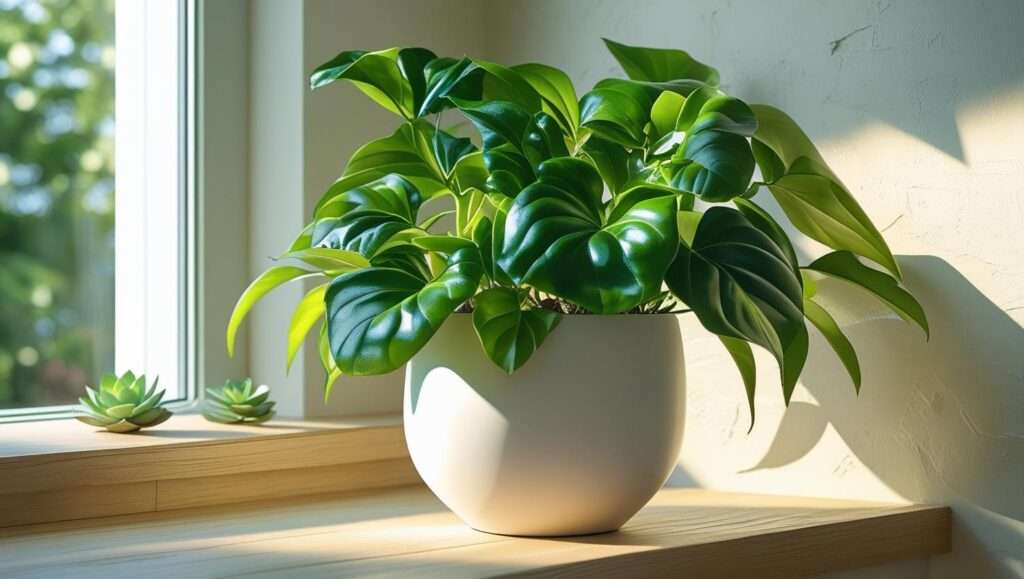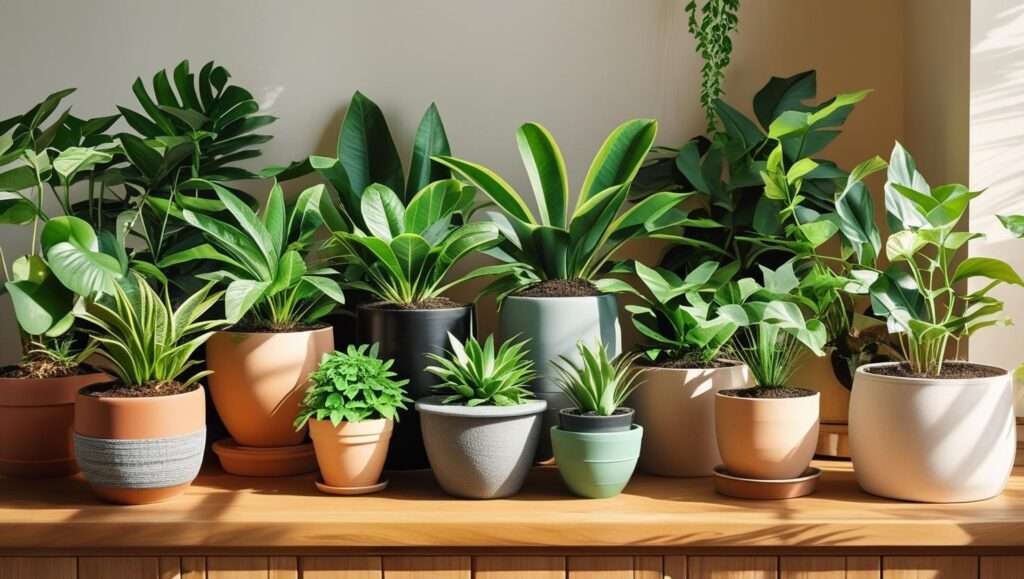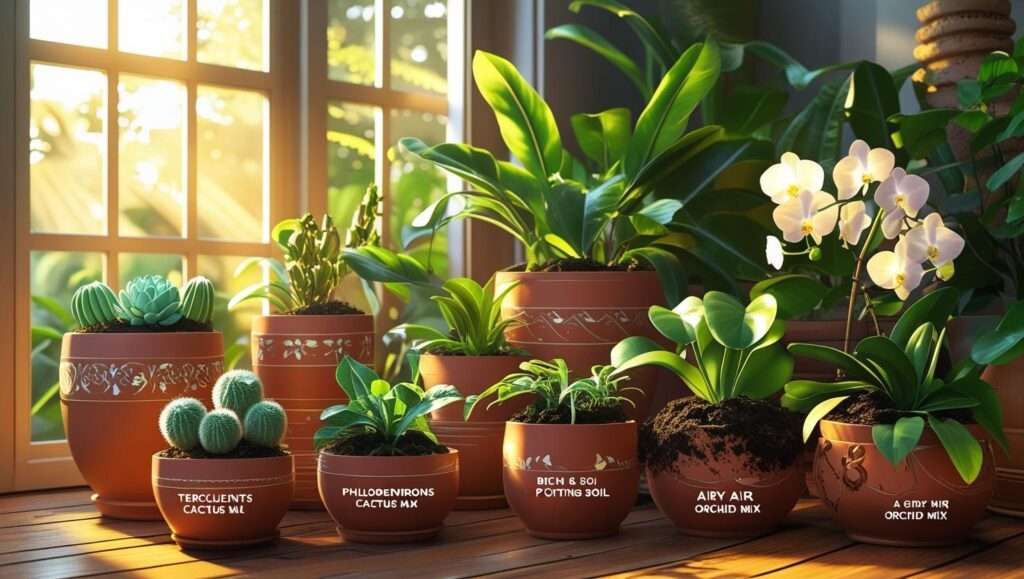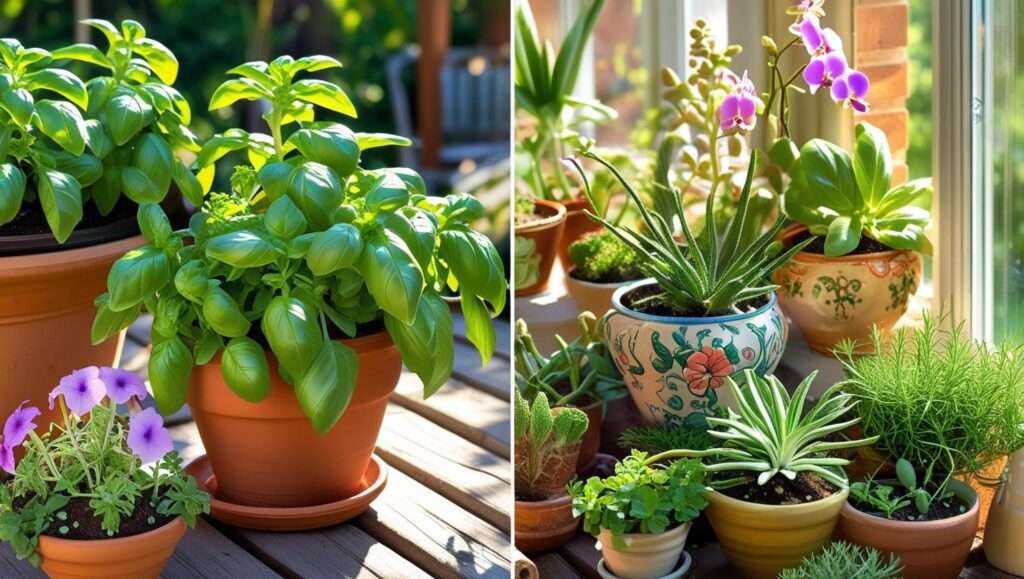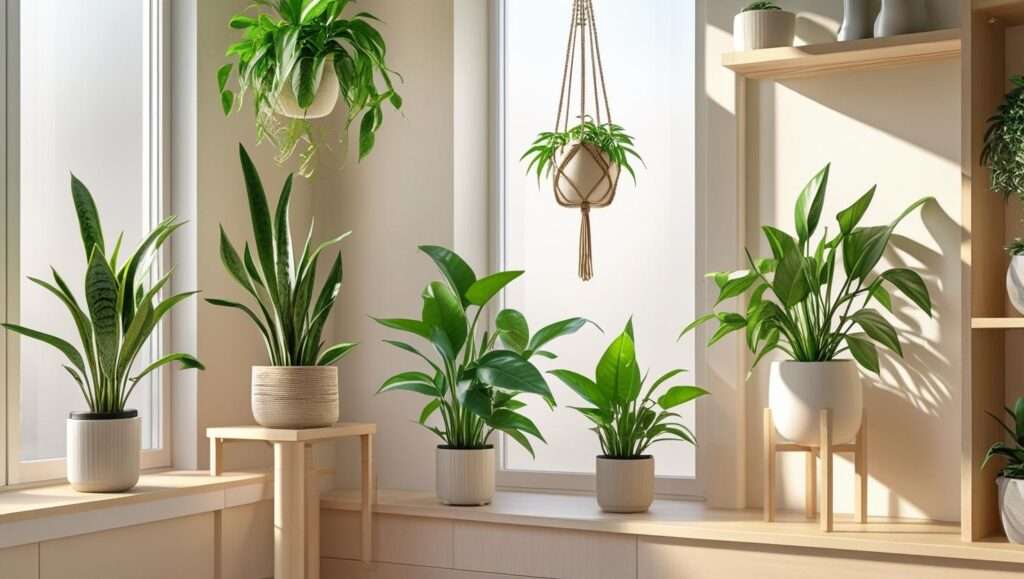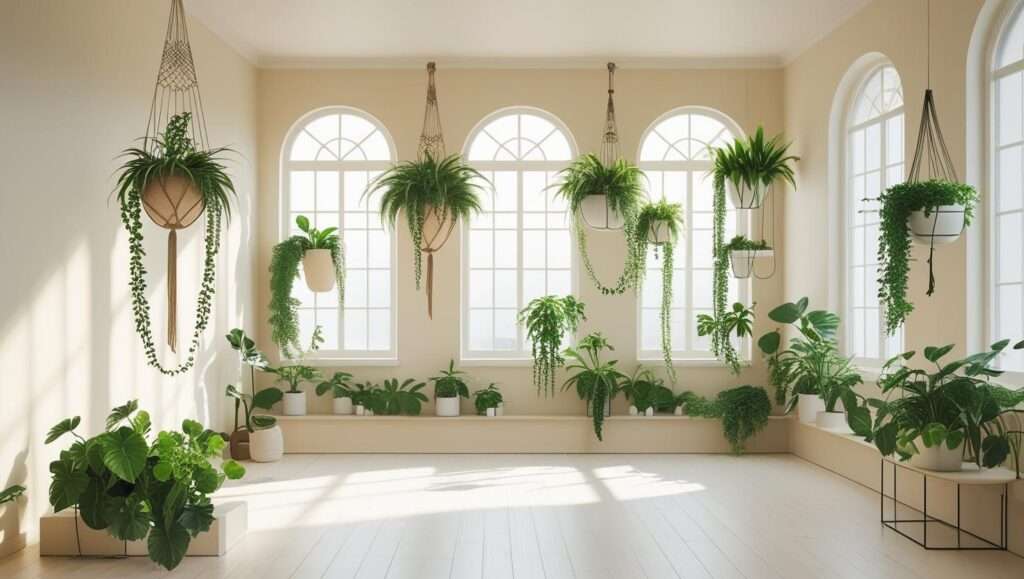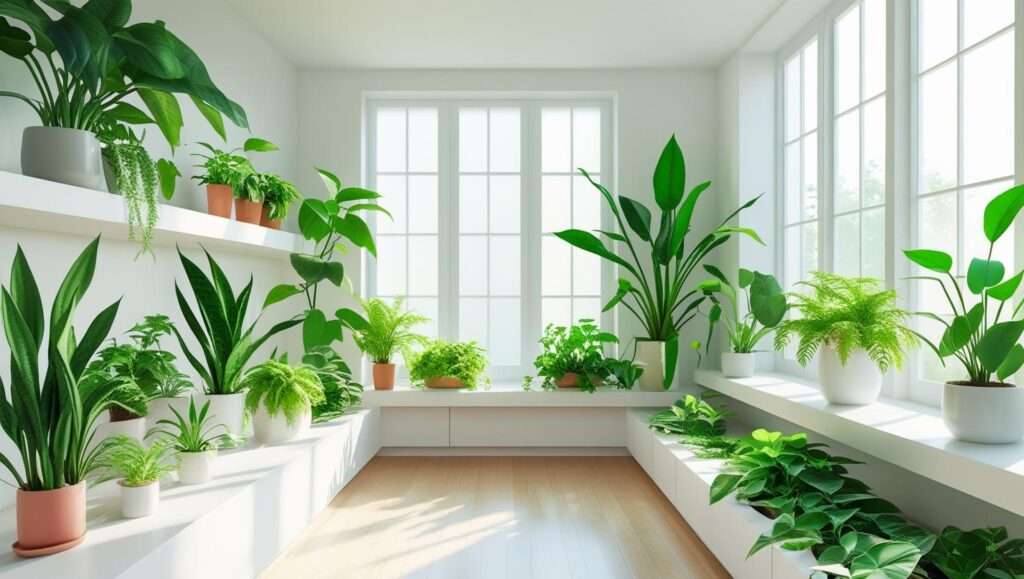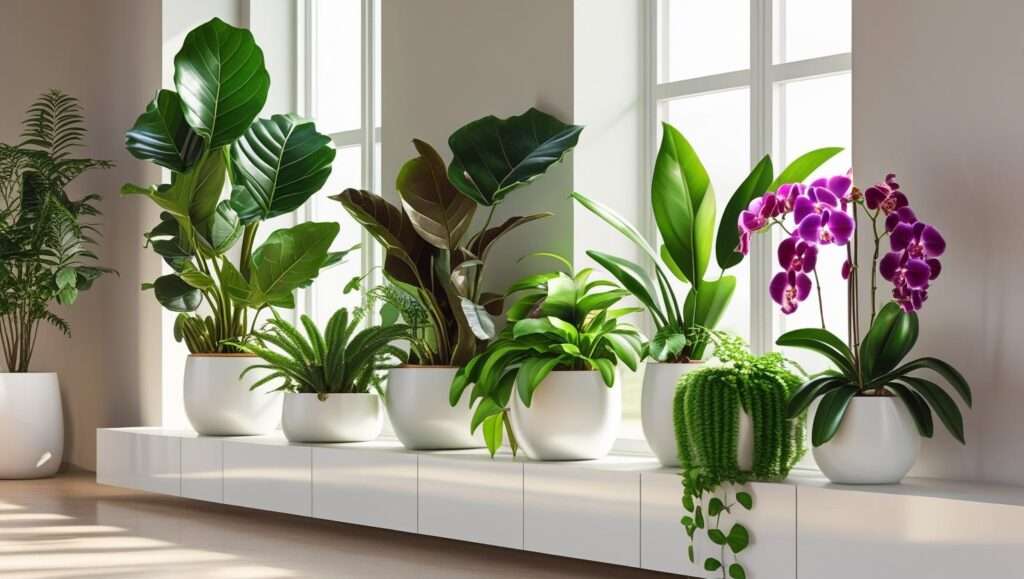Picture this: a lush, silvery-green olive tree gracing your living room, its delicate leaves catching the sunlight as it brings a touch of Mediterranean charm to your home. Growing an indoor olive tree plant is not only achievable but also deeply rewarding, transforming your space into a serene oasis. Whether you’re a novice gardener or a seasoned plant enthusiast, this guide will equip you with expert-backed strategies to ensure your indoor olive tree thrives. From selecting the perfect variety to mastering care routines, we’ll cover everything you need to cultivate a healthy, vibrant tree — even if you’ve never grown one before. Backed by years of horticultural expertise and insights from agricultural studies, this comprehensive guide promises actionable tips to make your indoor olive tree a stunning, fruitful centerpiece.
Why Choose an Indoor Olive Tree Plant?
The Appeal of Indoor Olive Trees
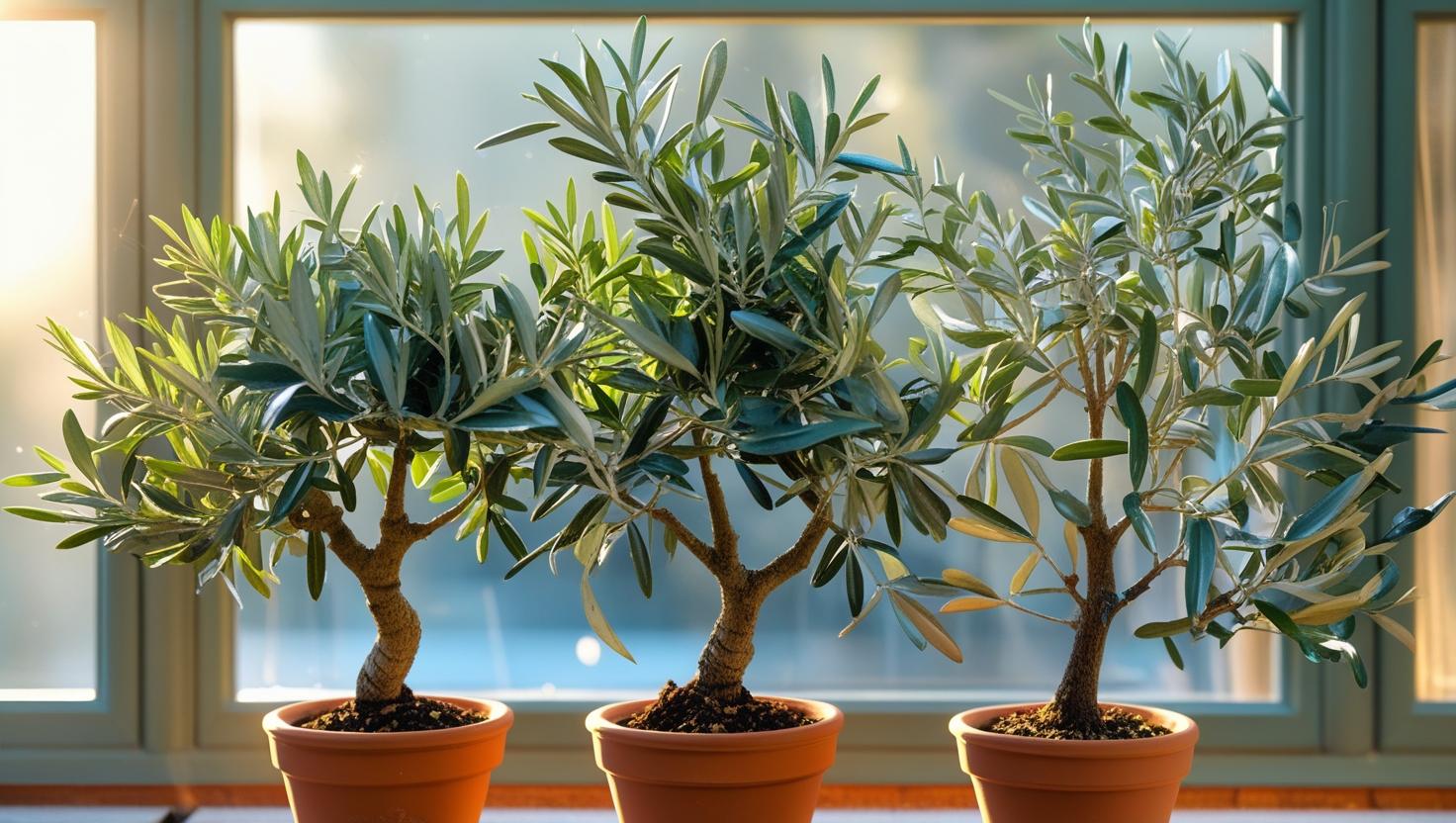
Indoor olive trees are more than just houseplants; they’re a statement of style and sustainability. Their silvery foliage and gnarled trunks evoke the rustic beauty of Mediterranean landscapes, making them a favorite for home decorators. Beyond aesthetics, olive trees purify indoor air by removing toxins, as supported by NASA’s Clean Air Study, which highlights the air-purifying qualities of certain plants. Additionally, these trees can reduce stress, with research from the University of Aarhus showing that indoor greenery promotes mental well-being. For those with a green thumb, the prospect of harvesting homegrown olives adds an exciting dimension to indoor gardening.
Popular Varieties for Indoor Growing
Not all olive trees are suited for indoor environments, but several varieties excel in confined spaces. Here are three beginner-friendly options:
- Arbequina: Compact and self-pollinating, this variety grows to about 4-6 feet indoors and can produce small, flavorful olives with proper care.
- Picholine: Known for its slender leaves and upright growth, it’s ideal for smaller spaces and offers decorative appeal.
- Manzanilla: A slightly larger variety, it’s prized for its robust growth and potential for fruit production under optimal conditions.
| Variety | Height (Indoor) | Light Needs | Fruit Potential |
|---|---|---|---|
| Arbequina | 4-6 ft | High (6-8 hrs) | Moderate-High |
| Picholine | 3-5 ft | High (6-8 hrs) | Low-Moderate |
| Manzanilla | 5-7 ft | High (6-8 hrs) | Moderate |
Choose a variety based on your space, light availability, and whether fruit production is a priority.
Setting Up Your Indoor Olive Tree for Success
Choosing the Right Olive Tree
The foundation of a thriving indoor olive tree starts with selecting a healthy plant. Purchase from reputable nurseries or trusted online retailers like Logee’s or FastGrowingTrees.com, which specialize in quality specimens. Look for vibrant, silvery-green leaves, a sturdy trunk, and no signs of pests or yellowing. Avoid trees with wilted foliage or root-bound pots, as these may struggle to adapt indoors. Select a pot with drainage holes — terracotta or ceramic works well — sized 1-2 inches larger than the root ball to allow for growth.
Ideal Indoor Conditions
Olive trees thrive in conditions mimicking their native Mediterranean climate. Here’s how to set them up for success:
- Light Requirements: Olive trees need 6-8 hours of bright, direct sunlight daily. Place them near a south-facing window or supplement with full-spectrum grow lights (e.g., LED grow lights with 2000 lumens). Rotate the pot weekly to ensure even light exposure.
- Temperature and Humidity: Maintain temperatures between 60-80°F. Avoid placing near cold drafts or heating vents. Moderate humidity (40-50%) is ideal; use a pebble tray with water to boost humidity in dry climates.
- Space Considerations: Ensure good air circulation by keeping the tree away from walls or furniture. A corner with ample light and space is perfect for healthy growth.
Essential Care Tips for Your Indoor Olive Tree Plant
Watering and Feeding

Proper watering is critical to prevent root rot, a common issue with indoor olive trees. Water thoroughly when the top inch of soil feels dry, typically every 7-10 days, depending on light and humidity. Use a moisture meter for accuracy, and ensure excess water drains completely. Overwatering can lead to yellowing leaves, while underwatering causes leaf drop.
Fertilize monthly during the growing season (spring and summer) with a balanced, slow-release fertilizer (e.g., 10-10-10 NPK). In fall and winter, reduce feeding to every 6-8 weeks. Expert Tip: Create a watering checklist — check soil moisture, water evenly, and empty the saucer after 30 minutes to avoid waterlogging.
Soil and Repotting
Olive trees prefer well-draining soil that replicates their native rocky terrain. Use a mix of cactus potting soil, perlite, and sand in a 2:1:1 ratio to ensure drainage and aeration. Avoid heavy, water-retaining soils like standard potting mixes.
Repot every 2-3 years or when roots become crowded. Choose a pot 2 inches larger in diameter, and follow these steps:
- Gently remove the tree, shaking off excess soil.
- Trim any dead or damaged roots.
- Place in the new pot with fresh soil mix, ensuring the root crown sits just above the soil line.
- Water lightly and place in indirect light for a week to reduce transplant shock.
Pruning and Shaping
Pruning keeps your olive tree compact and healthy while enhancing its aesthetic appeal. Prune in late winter or early spring before new growth begins. Use clean, sharp pruning shears to:
- Remove dead or crossing branches.
- Trim back leggy growth to encourage bushiness.
- Shape the tree to maintain a desired form, such as a rounded canopy or bonsai style.
Visual Example: For a clean cut, angle the shears at 45° just above a leaf node. Avoid cutting more than 25% of the foliage at once to prevent stress.
Overcoming Common Challenges

Troubleshooting Indoor Olive Tree Issues
Even with proper care, issues can arise. Here’s how to address common problems:
- Yellowing Leaves: Often caused by overwatering or nutrient deficiency. Check soil moisture and adjust watering. Apply a balanced fertilizer if leaves remain pale.
- Pest Management: Spider mites and scale are common indoor pests. Inspect leaves regularly and treat with neem oil or insecticidal soap. Wipe leaves with a damp cloth to remove dust and deter pests.
- Fruit Production Issues: Lack of fruit may result from insufficient light, improper pollination, or young trees (most produce after 3-5 years). Ensure adequate sunlight and consider hand-pollination with a small brush.
Seasonal Care Adjustments
- Winter Care: During dormancy, reduce watering to every 10-14 days and keep temperatures above 50°F. Move away from cold windows to prevent leaf drop.
- Summer Care: Increase watering slightly and monitor for pests, as warmer temperatures can attract insects. Ensure consistent light exposure to support growth.
Advanced Tips for Thriving Indoor Olive Trees

Encouraging Fruit Production
For many indoor gardeners, the ultimate goal of growing an indoor olive tree plant is to harvest homegrown olives. While fruit production indoors can be challenging, it’s entirely possible with the right techniques. Here’s how to maximize your chances:
- Pollination: Most indoor olive trees, like the Arbequina variety, are self-pollinating, but hand-pollination can boost fruit set. Use a small, soft brush to gently transfer pollen between flowers when they bloom in spring. Mimic natural pollination by lightly brushing the center of each flower.
- Light Optimization: Fruiting requires intense light. If natural sunlight is limited, invest in full-spectrum LED grow lights with at least 2000 lumens. Position lights 12-18 inches above the tree and provide 10-12 hours of light daily during the growing season. According to a study from the University of California’s Agriculture and Natural Resources, adequate light is critical for olive flower development.
- Nutrient Boost: During the flowering period (spring), switch to a fertilizer higher in phosphorus (e.g., 5-10-10 NPK) to support fruit development. Apply every two weeks until fruit begins to form.
Expert Insight: Dr. Louise Ferguson, a pomologist at UC Davis, notes that “indoor olive trees require consistent care and optimal conditions to transition from flowering to fruiting, but the reward of homegrown olives is worth the effort.” Patience is key, as young trees may take 3-5 years to produce fruit indoors.
Styling Your Olive Tree
An indoor olive tree is as much a decorative element as it is a plant. Styling it to complement your home enhances its appeal:
- Decorative Pots: Choose pots that balance function and aesthetics. Terracotta pots with drainage holes evoke a Mediterranean vibe and promote soil aeration. For a modern look, opt for ceramic pots in neutral tones. Ensure the pot is proportionate to the tree’s size — a 12-16 inch diameter pot suits most indoor olive trees.
- Bonsai Techniques: For a unique aesthetic, consider training your olive tree as a bonsai. Use pruning and wiring to create a compact, artistic shape. Start by trimming excess branches to define the canopy, then gently wire branches to guide their growth. Bonsai expert John Naka recommends working slowly to avoid stressing the tree, shaping it over several months.
FAQs About Indoor Olive Tree Plants
To address common queries and align with the search intent of beginners, here are answers to frequently asked questions about indoor olive tree care:
- How long does it take for an indoor olive tree to produce fruit?
Most indoor olive trees, especially varieties like Arbequina, may produce fruit in 3-5 years with proper light, pollination, and care. Younger trees focus on establishing roots and foliage, so patience is essential. - Can an indoor olive tree survive in low light?
Olive trees require bright, direct light for at least 6-8 hours daily. Low-light conditions lead to leggy growth and poor health. Supplement with grow lights if natural light is insufficient. - How often should I repot my indoor olive tree?
Repot every 2-3 years or when the tree becomes root-bound. Signs include roots circling the pot or slowed growth. Use a well-draining soil mix and a slightly larger pot to encourage healthy development. - Why are my olive tree’s leaves dropping?
Leaf drop can result from overwatering, underwatering, low light, or sudden temperature changes. Check soil moisture, ensure adequate light, and maintain stable temperatures to resolve the issue. - Can I propagate an indoor olive tree?
Yes, olive trees can be propagated from cuttings. Take a 6-inch cutting from a healthy branch, dip it in rooting hormone, and plant it in a moist, well-draining soil mix. Keep it in bright, indirect light until roots develop (6-8 weeks).
Additional Tips for Long-Term Success
Creating a Maintenance Schedule
Consistency is key to keeping your indoor olive tree thriving. Use this sample maintenance schedule to stay on track:
- Weekly: Check soil moisture and rotate the tree for even light exposure.
- Monthly: Inspect for pests, fertilize during the growing season, and clean leaves with a damp cloth to remove dust.
- Seasonally: Adjust watering and light based on seasonal changes. Prune annually in late winter to maintain shape.
- Every 2-3 Years: Repot to refresh soil and accommodate growth.
Sourcing Quality Supplies
To ensure your tree’s health, invest in quality supplies:
- Soil: Brands like FoxFarm or Espoma offer cactus mixes suitable for olive trees.
- Fertilizer: Choose a trusted brand like Miracle-Gro or Jobe’s for balanced, slow-release formulas.
- Grow Lights: SANSI or GE full-spectrum LED grow lights are reliable for indoor use.
Environmental Sustainability
Growing an indoor olive tree aligns with sustainable living. By cultivating your own plant, you reduce reliance on store-bought produce and contribute to indoor air quality. Opt for organic fertilizers and pest control methods to minimize environmental impact. According to the EPA, indoor plants like olive trees can reduce volatile organic compounds (VOCs) by up to 87%, enhancing your home’s air quality.
Common Mistakes to Avoid
To help beginners sidestep pitfalls, here are common mistakes and how to avoid them:
- Overwatering: Always check soil moisture before watering. Use pots with drainage holes to prevent root rot.
- Insufficient Light: Place your tree in the brightest spot possible or supplement with grow lights to avoid weak growth.
- Neglecting Pruning: Regular pruning maintains shape and encourages healthy growth. Don’t skip annual pruning sessions.
- Using Poor Soil: Avoid heavy potting soils that retain water. Stick to well-draining mixes designed for Mediterranean plants.
Growing a thriving indoor olive tree plant is a rewarding journey that combines horticultural skill with aesthetic pleasure. With the right variety, proper light, and consistent care, your olive tree can become a stunning centerpiece that enhances your home and potentially yields delicious olives. This guide, informed by years of agricultural expertise and trusted sources like university extension programs, provides everything you need to succeed — from selecting a healthy tree to troubleshooting common issues. Start today by choosing a beginner-friendly variety like Arbequina, setting up optimal conditions, and following our expert tips. Your indoor olive tree will not only thrive but also inspire a deeper connection to nature.

